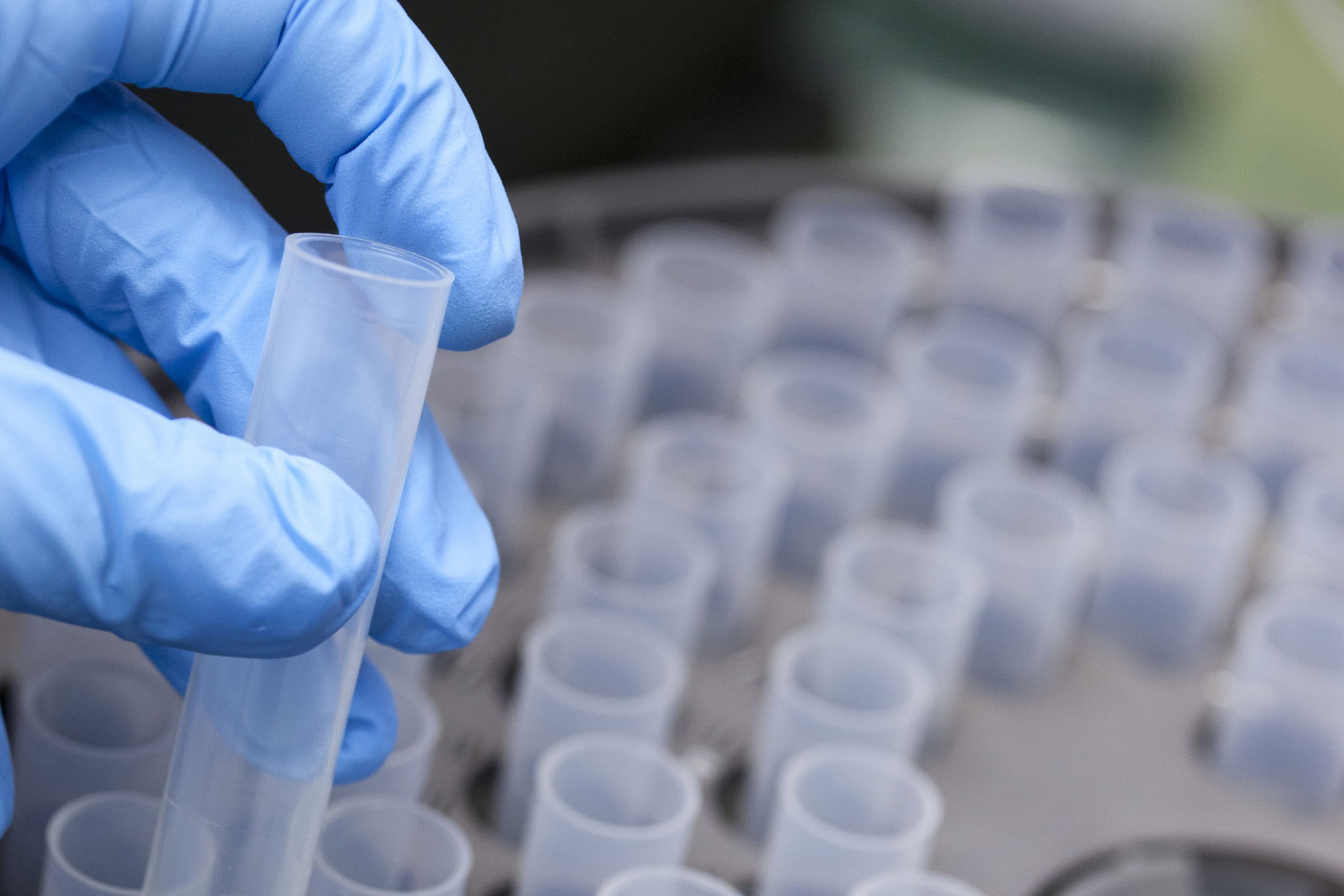in vitro and ex vivo physiological models

We work on and develop in vitro models of the major physiological barriers. This means that we are able to reproduce fast and reliable predictive systems at lab-scale for studying the behaviour of drugs,
dermocosmetics, food ingredients, nanoparticles and of any product likely to have an effect on human health.
Our lines of technological activity are:
-
Skin
- o Human skin explants: human epithelial tissue cultures composed of epidermis or dermis and epidermis, with numerous variations of thickness/size, and the separation and obtaining of a single layer of tissue, etc. in order to adapt to the type of experiment to be carried out.
Aplications:
- -
Tests to ensure safety and effectiveness of the active substance or formula on healthy skin
- -
Tests to ensure safety and effectiveness of the active substance or formula on damaged skin
- -
Phototoxicity studies. (OECD 432). Permeability (Percutaneous absorption OECD 428).
- 3D model (RHE: Reconstituted human epidermis model).
Aplicaciones:
- -
Dermal irritation (OECD 404)
-
Artificial biobarrier
Aplications:
- -In vitro corrosivity (OECD 435/Invittox no. 116).
-
Ocular
Human corneal epithelial model (HCE Model)
Aplications:
- -
Ocular irritation (pre-validated by ECVAM in a multicentric study)
- -
Ocular effectiveness and cleaning studies.
-
Oral
Human oral epithelial model (HOE Model)
Aplications:
- -
Oral irritation (ECVAM validation underway)
- -
Oral cleaning and effectiveness studies
-
Pulmonary and nasal
3D pulmonary epithelium (Mucilair™)
Aplications:
- - Exposure to inhaled products (solid, liquid, nanomaterials, etc.)
- - Evaluation of the formulas of active substances
- - Evaluation of the safety and effectiveness of drugs and active substances for EPOC, asthma, cystic fibrosis, etc.
- - Multiple-dose studies and the study of sub-acute and chronic toxicity (up to 6-9 months)
-
Blood-brain barrier
In vitro blood-brain barrier model (BHE): barrier models based on the co-cultures of endothelial and glial cells. Models developed through immortalised endothelial lines, and models of primary cultures of microvascular cells from a bovine brain.
Aplications:
- -
Studies of BBB permeability and effectiveness for an active substance or drug.
- -
Study of the transport mechanisms involved in the passing of an active substance through the BBB.
- Neurotoxic profiles of an active substance
-
Intestinal
Caco2 cell model: differentiated in a polarised monolayer. Bidirectional transport: apical-basolateral/basolateral-apical:
- Evaluation of low/high permeability
- Evaluation of active/passive transport
- Study of studio interactions at transporter level:
Aplications:
- -
Drug interaction studies (FDA).
- -
Evaluation of carriers